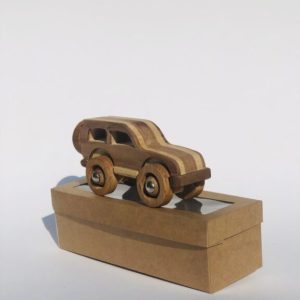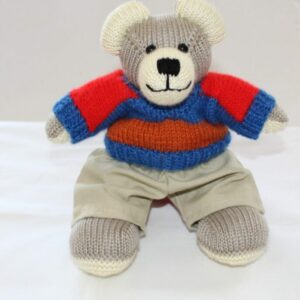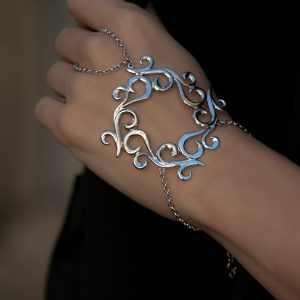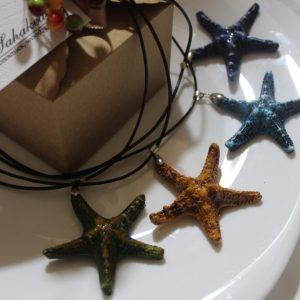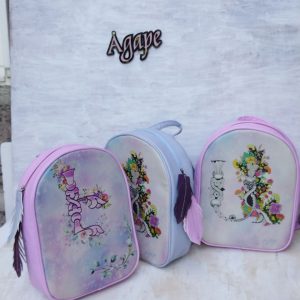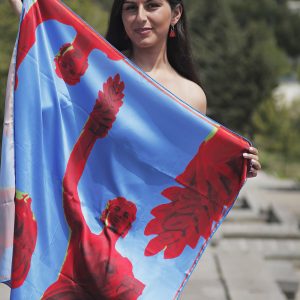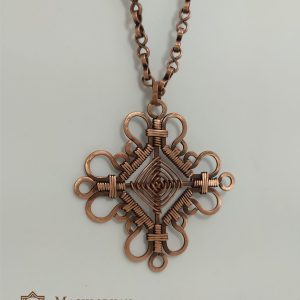-
Vintage Wooden Car
Designed for children over 3 years. Ecologically clean and safe details.
$15.99Vintage Wooden Car
$15.99 -
Knitted Bear Doll
100% absolutely handmade and unique, our small size Berd Bear is mady by local women of the Berd border community, Tavush. Available with khaki fabric pants and an Armenian flag pattern knitted sweater.
Այս եզակի ձեռագործ արջուկները պատրաստվել են սահմանամերձ Բերդ համայնքի կանանց կողմից։ Գույնը՝ մոխրագույն, փոքր չափս, հագուստը՝ խակի տաբատ, հայկական դրոշի գույներով շյուղագործ սվիտեր։$19.00$20.00Knitted Bear Doll
$19.00$20.00 -
-
-
-
-
“Mother Armenia” Scarf
Silk scarf inspired by the symbols of Gyumri, that empowers women.
Scarf size: 88x88cm
$74.00“Mother Armenia” Scarf
$74.00 -
Christmas Crochet Bunny Couple
These two cuties look so cute together.
As in coming holidays are generally family holidays. you can present bunny’s family to your child to play role games.*The price is for two bunnies.
$40.00 -
-
Epoxy Earrings with Dried Blue Flowers
The material is epoxy resin ,filled with dried real flowers
Metal part: stainless
Diameter of the earring is 20mm
$22.00$24.00Epoxy Earrings with Dried Blue Flowers
$22.00$24.00 -
Dried Pear Chips
Dried Pear Chips without sugar and chemical additives. Net Weight 100g:
$7.20$7.80Dried Pear Chips
$7.20$7.80 -
“Yerevan Love” Scarf
Inspired by the city of Yerevan and the love each and every Armenian feels for the city.
The history of Yerevan dates back to the 8th century BCE, with the founding of the fortress of Erebuni in 782 BCE by King Argishti I at the western extreme of the Ararat plain. Erebuni was “designed as a great administrative and religious centre, a fully royal capital.” By the late ancient Armenian Kingdom, new capital cities were established and Yerevan declined in importance. Under Iranian and Russian rule, it was the center of the Erivan Khanate from 1736 to 1828 and the Erivan Governorate from 1850 to 1917, respectively. After World War I, Yerevan became the capital of the First Republic of Armenia as thousands of survivors of the Armenian genocide in the Ottoman Empire arrived in the area. The city expanded rapidly during the 20th century as Armenia became part of the Soviet Union. In a few decades, Yerevan was transformed from a provincial town within the Russian Empire to Armenia’s principal cultural, artistic, and industrial center, as well as becoming the seat of national government.
With the growth of the Armenian economy, Yerevan has undergone major transformation. Much construction has been done throughout the city since the early 2000s, and retail outlets such as restaurants, shops, and street cafés, which were rare during Soviet times, have multiplied. As of 2011, the population of Yerevan was 1,060,138, just over 35% of Armenia’s total population. According to the official estimate of 2016, the current population of the city is 1,073,700. Yerevan was named the 2012 World Book Capital by UNESCO.[28] Yerevan is an associate member of Eurocities.$110.00










